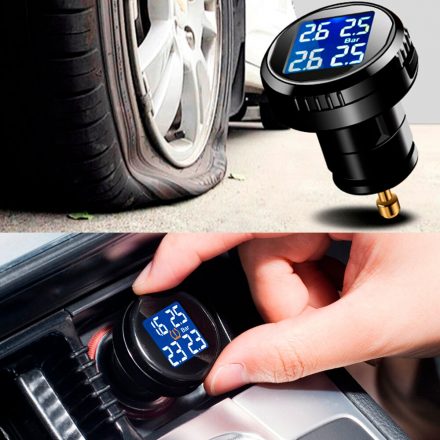Tire Pressure Monitor Systems have been around since the 1990s on older Corvettes and Cadillacs with run-flat tires, and has been mandatory on all passenger cars and light trucks since model year 2008.
TPMS systems are mostly maintenance-free – that is, until a sensor fails and has to be replaced. The little lithium ion button batteries inside TPMS sensors typically last 5 to 10 years, with 7 years being the average for many. Battery life depends on miles driven. The more miles a vehicle racks up every year, the more signals the TPMS sensors broadcast while the vehicle is being driven. The sensor only generates a signal at preset time intervals (30 to 60 seconds or longer) to conserve battery life. Because of this, the sensors in high annual mileage vehicles usually fail before those in vehicles that are driven fewer miles each year.
TPMS sensors can also fail at any time as a result of physical damage or corrosion. Some of the original equipment TPMS sensors on Asian makes have had a severe problem with corrosion of the aluminum stem. After a few years exposure to road salt, corrosion may cause the valve stem to suddenly break off.
The service life of a TPMS sensor battery is roughly equal to that of the tread life of the original equipment tires. A good set of tires should last 60,000 to 80,000 miles, so by the time the vehicle needs new tires it also needs new TPMS sensors – even if the original sensors are still functioning normally.
The reason why TPMS sensors should be replaced when a new set of tires is installed is because the sensors likely won’t last until the next tire replacement. They might go another year or two, or they might not. But it is highly unlikely they will last another 5 to 7 years.
A TPMS sensor also may need to be replaced if it is damaged while dismounting or mounting a tire on a rim. If a sensor is removed from a wheel temporarily for tire service, or installed in a different rim, and it is a clamp-on style sensor with a hex nut and grommets at the base, a new nut and grommets must be used to reduce the risk of air leaks. Service kits are available for this purpose that contain new grommets, hex nuts, valve cores and caps.
Service kits are available for this purpose that contain new grommets, hex nuts, valve cores and caps.
When TPMS was initially introduced by the vehicle manufacturers, they did their best to really complicate things for the aftermarket with a proliferation of different sensor designs and types. In recent years, aftermarket suppliers have overcome this issue with various “universal” sensors that fit a wide variety of applications. This greatly reduces the number of SKUs needed to cover the market, and it simplified replacement for installers.
Although some TPMS systems can self-learn the position of the individual wheel sensors, many have to be programmed with a special TPMS tool after sensors have been replaced so the TPMS control module will know which wheel sensor is which. This is essential on vehicles that actually display individual tire pressure readings on the instrument panel. On vehicles that only give a general low tire pressure warning (no individual tire pressure readings or positions), sensor locations usually don’t matter.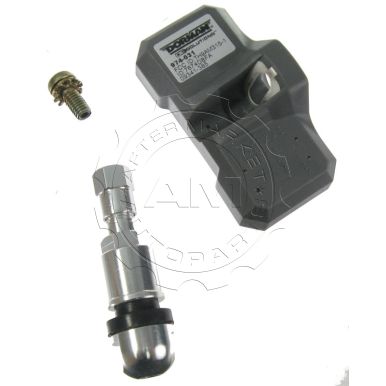 The driver will have to figure that out which tire is low by checking each tire with a pressure gauge.
The driver will have to figure that out which tire is low by checking each tire with a pressure gauge.
Snap-in TPMS sensors that have a rubber stem are as easy to replace as any conventional valve stem. No special tools are needed. But hex nut stems do have to be carefully tightened to specific value with an accurate inch-pound torque wrench or TPMS valve stem tool.
In this article:Tech Topics
Hide Show
Sell/Trade Us Your Car | Click Here To Learn More
Your tire pressure light provides a critical reminder to restore the pressure in your vehicle's tires when it gets low. You should only attempt to reset the light after first addressing the tire pressure in every tire. Once your tires are at the appropriate pressure, the light may go off on its own. If it doesn't go off right away, driving at 50 mph for about 10 minutes should help the tire pressure sensor reset.
If the tire pressure light is still on, there are a few more tricks you can try:
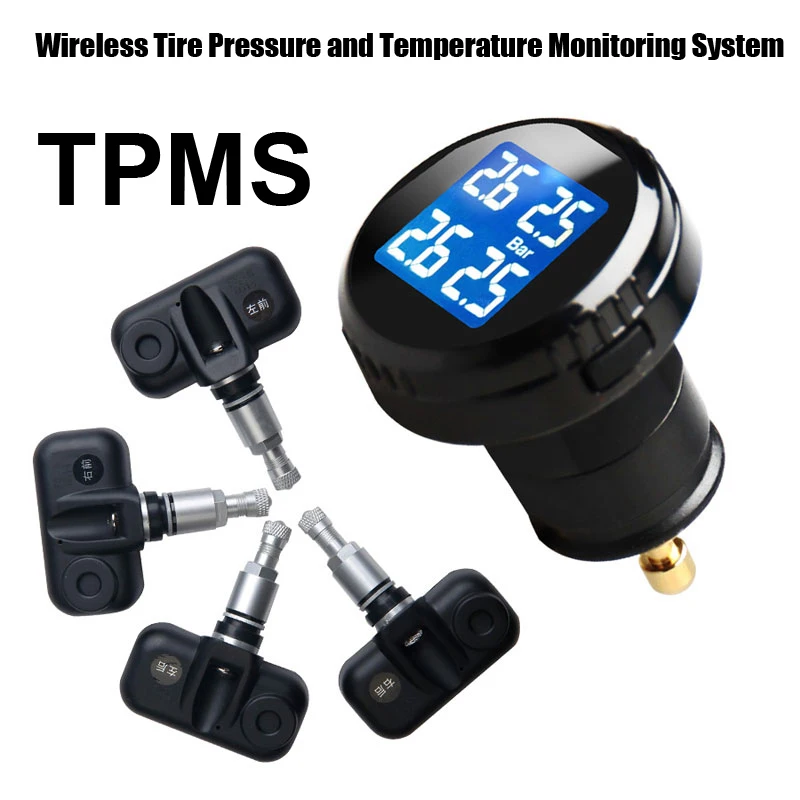 Press and hold the TPMS reset button until the tire pressure light blinks three times. Release the button and start the car. The light should go off within 20 minutes.
Press and hold the TPMS reset button until the tire pressure light blinks three times. Release the button and start the car. The light should go off within 20 minutes. TPMS stands for Tire Pressure Monitoring System. The tire pressure light is one component of this electronic system, providing a visual alert when your tire pressure is low. The TPMS monitors tire pressure using either an indirect or direct method.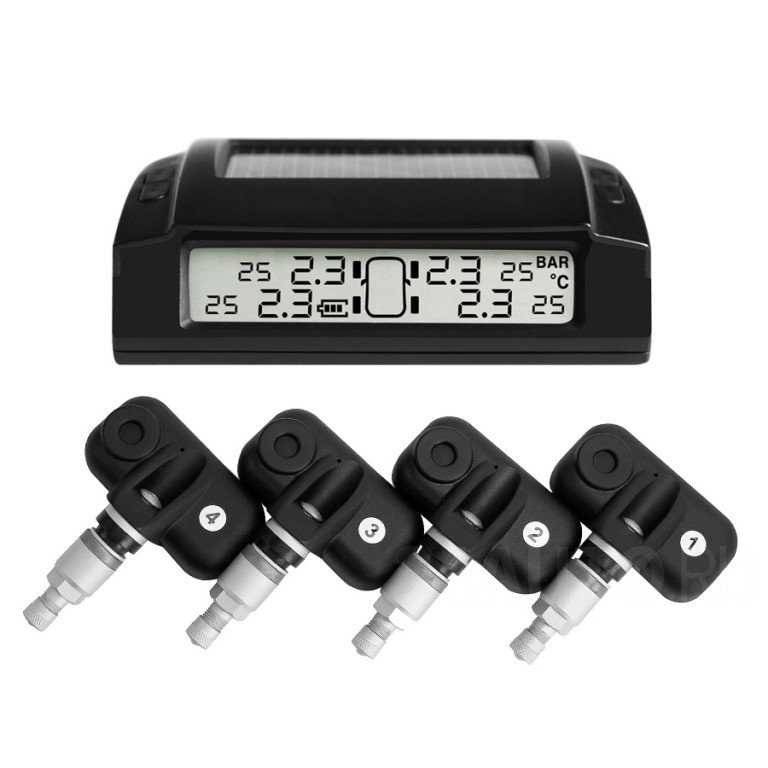
An indirect TPMS measures the rate of revolution for each wheel. If a wheel starts spinning faster than anticipated, the system signals to your vehicle's computer that something is amiss with the tire rotation, and your tire pressure light comes on. You must manually reset the monitor in an indirect TPMS system.
A direct TPMS uses pressure monitoring sensors in each tire to monitor tire pressure exactly. This is a more accurate alternative to an indirect TPMS system. The batteries inside these sensors will last for about 10 years. Direct TPMS systems reset automatically after tire inflation or rotation. You do need to have these sensors resynchronized when you get new tires, which requires a special tool.
Yes, cold weather will affect the air pressure in your tires. Your tires lose one or two pounds per square inch (PSI) for every 10 degrees that the temperature drops. Cold air condenses while warm air expands. Therefore, the colder air in your tires will take up less space in lower temperatures.
Therefore, the colder air in your tires will take up less space in lower temperatures.
You may find that your TPMS light is only illuminated for a short time in the morning on particularly cold days. After about 20 minutes of driving, the air will often warm up and expand, restoring proper pressure in your tires. If the light stays on after 20 minutes on the road, you should add air to your tires as needed to restore the proper pressure. Low tire pressure is hazardous for your vehicle regardless of the cause.
When the tire pressure monitor light is on, the first thing you should do is check the pressure in each of your tires, including the spare. Check the manufacturer's recommendation to determine the appropriate pressure for each tire. This is typically between 30 and 35 PSI but may vary. You should measure tire pressure when the tires are cold, which means they have not been driven in the last three hours.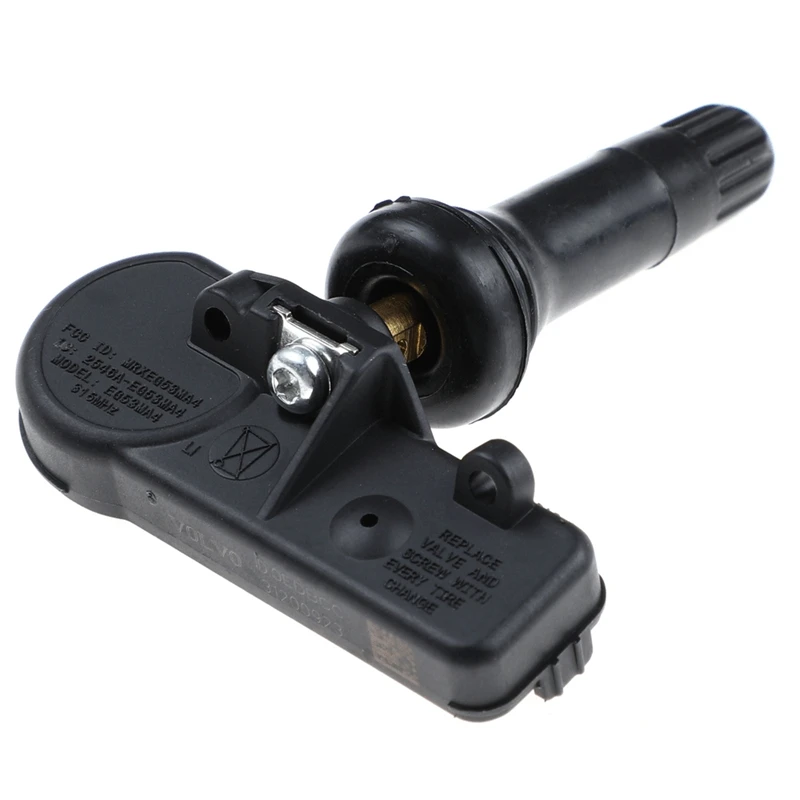
To check the pressure, simply unscrew the valve cap and insert a tire gauge into the valve stem. The gauge will provide a clear reading. Replace the valve cap when you're finished. If your tires are all at the appropriate pressure, there's a malfunction with your TPMS. Bring your vehicle to an authorized dealership service center to diagnose and resolve the issue.
If the tire pressure monitor light is on, you should check your tire pressure as soon as possible. Low tire pressure creates a serious hazard on the road. According to the National Highway Traffic Safety Administration, 738 people died in tire-related crashes in 2017. When tire pressure is low, the tire has more contact with the road. This may cause the tire to overheat, leading to tread separation, excessive tire wear, or a blowout.
Low tire pressure also wreaks havoc on your fuel efficiency. You can save up to 11 cents per gallon simply by keeping your tires properly inflated.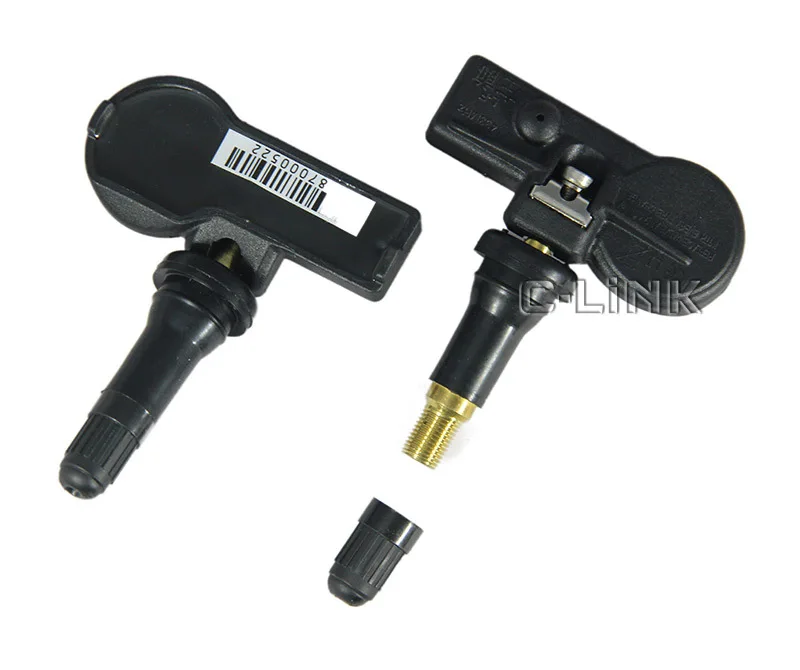 You'll also save money on tire replacements with adequate inflation. Keeping your tires properly inflated can add 4,700 miles to the tire's average lifespan.
You'll also save money on tire replacements with adequate inflation. Keeping your tires properly inflated can add 4,700 miles to the tire's average lifespan.
The tire pressure monitor light gives you valuable information and should not be ignored.
You do not necessarily need to have your TPMS sensors replaced with new tires, but this is a good time to check them and make sure they're still in good condition. If you have an indirect TPMS system, your mechanic will need to manually reset the sensors after changing your tires. If you have a direct TPMS system, no additional maintenance is required to reset the system.
A new TPMS system will typically last for about 10 years before the batteries run out. If you have an older vehicle, you may need new sensors every five or six years. Your mechanic can advise you on the best time to replace TPMS sensors for your vehicle. When new sensors are installed, the system must relearn the location of each tire, which requires a detailed series of technical procedures. You should leave this task to a professional.
You should leave this task to a professional.
If you need tire service for your Toyota, come to Kings Toyota for prompt, reliable service. Our highly-trained technicians are equipped to assist with any type of tire issue, whether you need new tires or have a malfunctioning tire pressure sensor light. Make your appointment today.
First Name*
Last Name*
Contact Me by*
EmailPhone
A huge number of cars have tire pressure sensors in their arsenal. Thanks to these sensors, the BC reads all the necessary information about the pressure of each wheel, then sends the information to the control panel.
During the operation of the car, as a result of the influence of the external environment, the pressure can change noticeably, which greatly affects fuel consumption and car handling.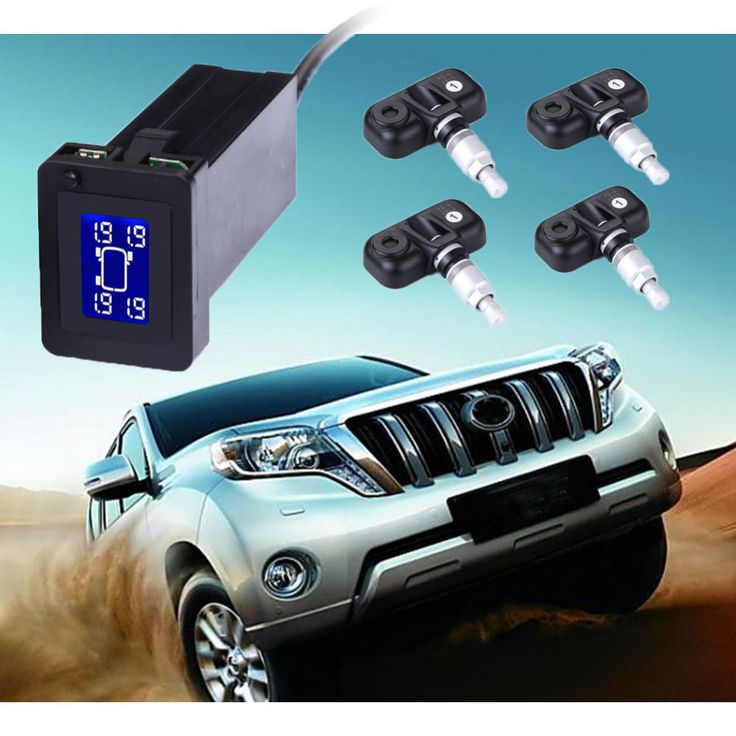 Therefore, a tire pressure sensor is a must! After all, tire pressure affects: the handling of the car, the comfort of driving the car, the brake.
Therefore, a tire pressure sensor is a must! After all, tire pressure affects: the handling of the car, the comfort of driving the car, the brake.
The main faults of the tire pressure sensors:
The tire pressure sensor can be damaged as a result of an impact;
If the cap is damaged by mechanical impact, then the signal from it may not come at all, and therefore the sensor will not work;
The most common cause. The battery may lose charge, especially if the sensor is old.
If you notice at least one matching cause, then it is urgent to urgently replace the tire pressure sensor on the Range Rover. This task can be solved by highly specialized workers from the LR-Expert company. LR-Expert is a trusted auto repair shop specializing in Range Rover repairs.
Benefits of replacing a tire pressure sensor on a Range Rover in LR-Expert
A huge number of car owners mistakenly choose the first car service they come across to repair their car. But unfortunately, this choice negatively affects the results of the repair and the car owner's wallet. Poor repair is a fairly common problem in Russia. New faults require subsequent repair, and so on ad infinitum. It must be remembered that not always the first car service we come across will make high-quality repairs. Often, auto mechanics in such car services take on work that they do not understand at all.
But unfortunately, this choice negatively affects the results of the repair and the car owner's wallet. Poor repair is a fairly common problem in Russia. New faults require subsequent repair, and so on ad infinitum. It must be remembered that not always the first car service we come across will make high-quality repairs. Often, auto mechanics in such car services take on work that they do not understand at all.
Completely opposite is the highly specialized LR-Expert car service! We are a car service center employing highly specialized car mechanics with extensive experience not only in repair work, but also in maintenance. We regularly attend advanced training courses, so you have absolutely nothing to worry about!
One of the most important advantages of our car service is that we provide a guarantee for absolutely every service, which is why our customers are always satisfied. Our staff will advise on the issue and diagnose the problem, as well as perform the work as much as possible. In our team you will find only those specialists who understand the repair of large vehicles. We guarantee the performance of high-quality work in the shortest possible time. Our LR-Expert car service is open for you around the clock.
In our team you will find only those specialists who understand the repair of large vehicles. We guarantee the performance of high-quality work in the shortest possible time. Our LR-Expert car service is open for you around the clock.
The main advantages of the LR-Expert car service
By choosing our car service, you get the following package of benefits:
There are few motorists who would pay due attention to tire pressure. Usually the amount of atmospheres is checked before a long trip or after replacing one set with another (for example, in the off-season).
Usually the amount of atmospheres is checked before a long trip or after replacing one set with another (for example, in the off-season).
Meanwhile, the pressure in the chambers is an important parameter responsible not only for comfort, but also for the safety of the driver and passengers. Manufacturers, knowing about the negligent attitude of motorists to this issue, decided to help them and launched the production of special devices - tire pressure monitoring systems (TPMS).
The device is a wheel-mounted controller and a display that shows up-to-date information. But, like any other device, TPMS eventually fails. Moreover, the most common cause of failure is a battery that has completely exhausted its resource. Therefore, many motorists are wondering: is it possible to replace the battery, because the monolithic design of the sensors does not provide for such manipulations?
Most TPMS manufacturers claim that the sensors are non-separable and disposable.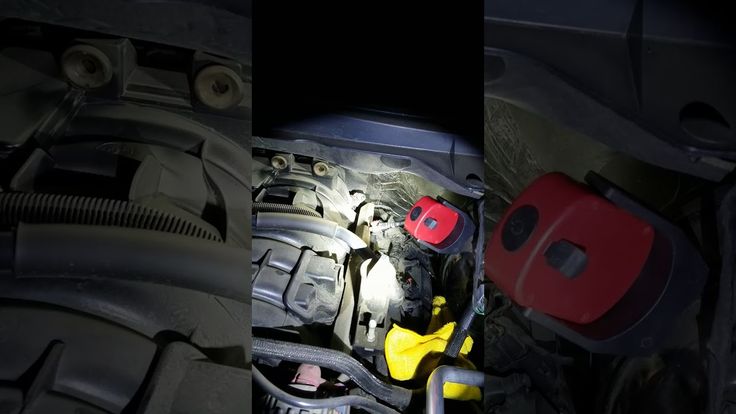 In fact, they are lying. Having hands growing from the right place, a set of necessary tools, as well as minimal knowledge of their use, you can easily replace a dead power source yourself.
In fact, they are lying. Having hands growing from the right place, a set of necessary tools, as well as minimal knowledge of their use, you can easily replace a dead power source yourself.
@drive2.ru
Devices that monitor the amount of atmosphere in car chambers, alas, do not last forever. The reason is the batteries that ensure the functioning of the sensors. Moreover, each indicator has its own battery.
Having completely exhausted its resource, the power supply ceases to perform the functions assigned to it. This forces the driver to replace the device. However, if you believe the statements of device manufacturers, the TPMS indicator is a non-separable design, and in the event of a battery failure, the motorist will have to purchase new controllers. But the cost of the system is quite high, because not every vehicle owner can afford to constantly buy a new TPMS.
Craftsmen who have found a way to remove a failed battery come to the rescue.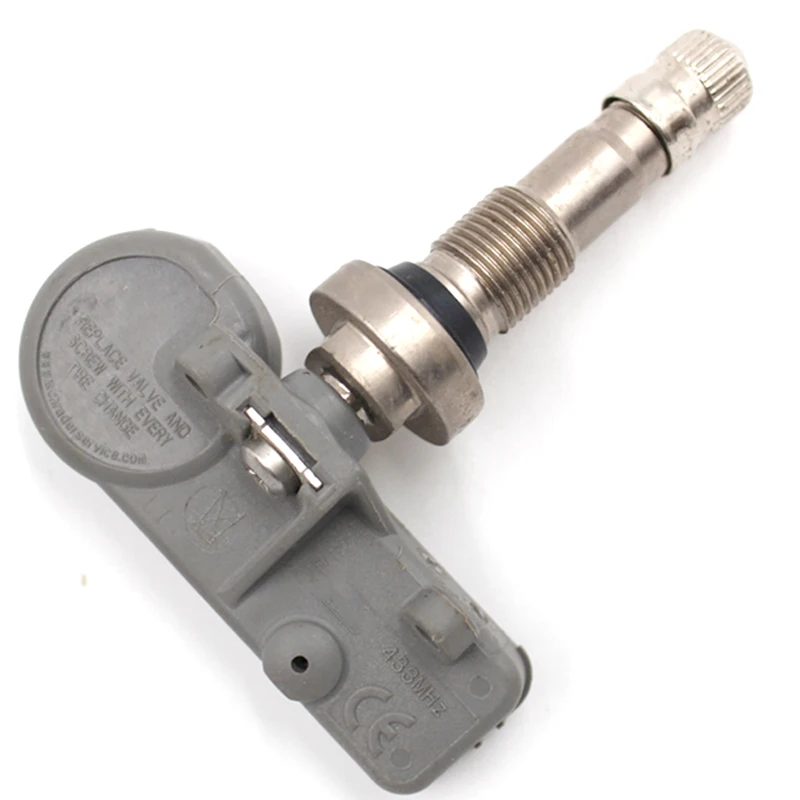 To do this, you will have to prepare several tools and tools that can be found in any household:
To do this, you will have to prepare several tools and tools that can be found in any household:
The process of extracting the old element is as follows:
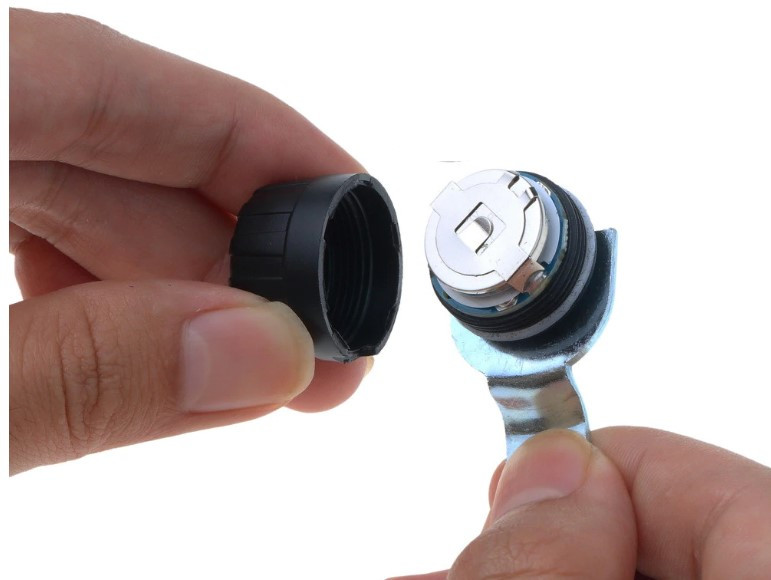 Otherwise, the battery may leak or explode.
Otherwise, the battery may leak or explode. Help. The renewed sensor should be left for about a day to allow the epoxy to dry completely. After this period, the device is installed back on the wheel.
@carax.ru
Usually, manufacturers install Swiss or Israeli-made batteries. The average life of these batteries is about five years. However, it largely depends on the operating conditions. If the indicators are left without pressure during the off-season, and during this time they will regularly give an alarm signal, the battery will fail faster.
They will also “sit down” faster if moisture gets inside the device or when used in conditions of prolonged frost (from -35 ° C and below).